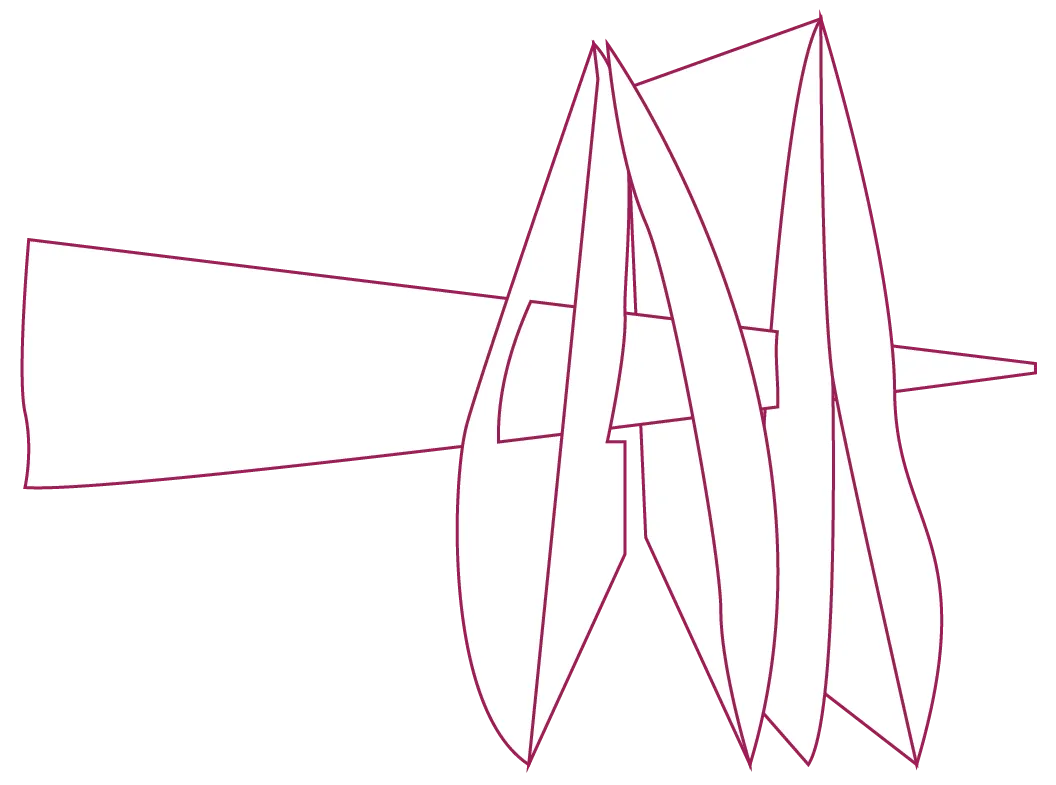Letterlocking

Letterlocking refers to the technology of folding and securing a sheet of paper to function as its own envelope. Before the invention of the modern gummed envelope. For thousands of years, if you wanted to send a letter anywhere in the world, you had to use letterlocking. A letterlocker takes a flat sheet of a writing substrate, such as paper, writes a message, and then manipulates the paper so that it becomes its own envelope. The letter is one of the most important communications devices in human history, but without the practices of letterlocking, letters from most periods of history could not have been delivered. Famous letterlockers include Elizabeth I, John Donne, Philis Wheatley, and Marie Antoinette – but letterlocking was used by all kinds of people for hundreds of years.
This collaborative and interdisciplinary project, based on the study of some 250,000 archival documents, sets out a complete theory for the study of this phenomenon. This new area of study is supported by a book (Letterlocking: The Hidden History of the Letter), a YouTube channel of instructional videos, plus articles, images, and a website with further information – including novel research about Mary, Queen of Scot's last letter, published open access in the Electronic British Library Journal.
The study of letterlocking throws new light on historical and literary research, library and archive studies, and conservation. Our team has also made new contributions to the sciences, developing an algorithm for virtually unfolding XMT scan data of an unopened letter. This study was published open access in Nature Communications.
Our Partners

MIT - Massachusetts Institute of Technology

The Seaver Institute



